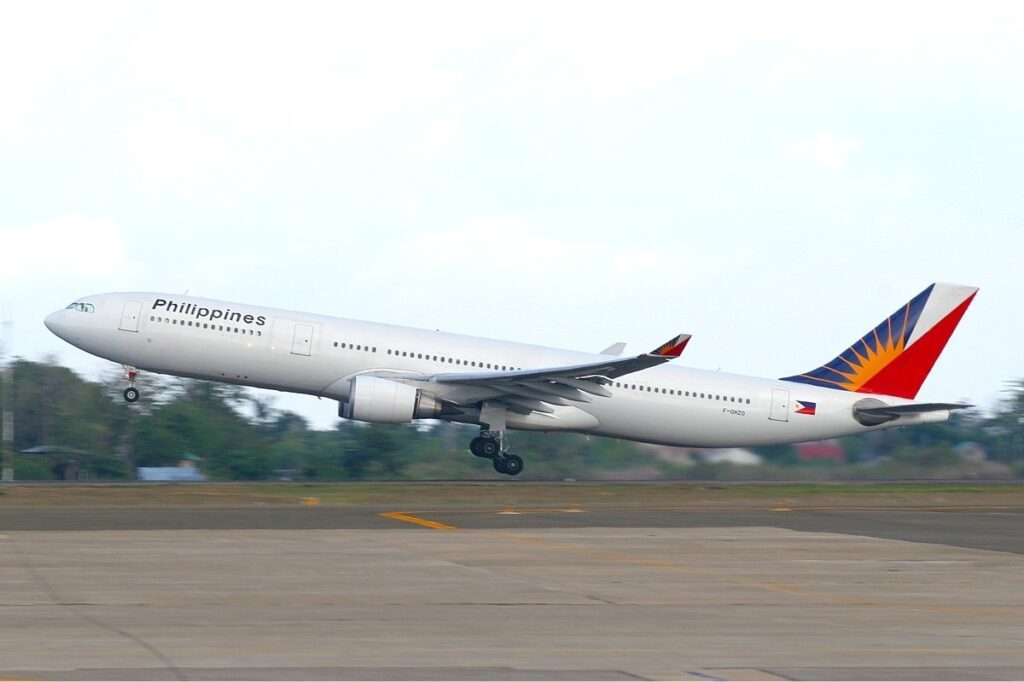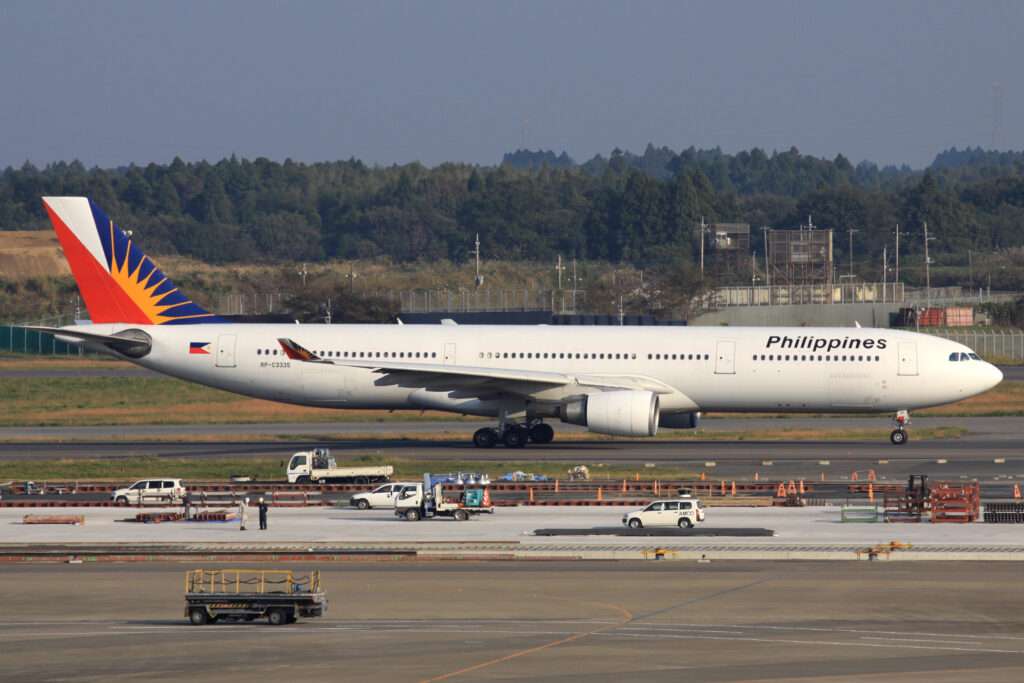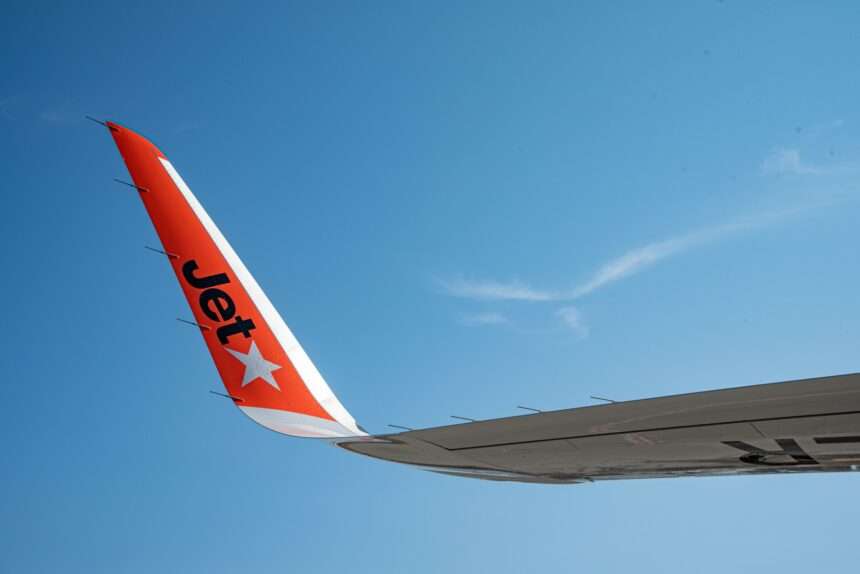On May 25th, 2000, a routine domestic flight in the Philippines took a terrifying turn. Philippine Airlines Flight 812, an Airbus A330-301 carrying 278 passengers and 13 crew members, was hijacked just before landing in Manila.
This event, often referred to as the “Parachute Hijacking” due to the hijacker’s unusual escape attempt, remains etched in Philippine aviation history.
The Unfolding Drama

The flight departed from Francisco Bangoy International Airport in Davao City, bound for Ninoy Aquino International Airport near Manila.
As the plane prepared for its descent, a passenger named Reginald Chua emerged from a lavatory brandishing a .22 caliber handgun and a fake hand grenade.
Panic erupted as Chua, a recently laid-off security guard, fired a shot into a bulkhead, demanding access to the cockpit.
Furthermore, the crew, prioritizing passenger safety, refused to open the cockpit door.
Instead, they initiated communication with Chua, attempting to de-escalate the situation.
Negotiations continued as Chua ordered passengers to surrender their valuables into a bag.
News of the hijacking reached the ground, prompting a swift response from Philippine authorities.
A Desperate Escape Plan

Chua’s erratic behavior and demands raised concerns.
He reportedly claimed to have accomplices on board and threatened to detonate the fake grenade.
However, the primary focus of his demands shifted to a bizarre escape plan.
He instructed the pilot to descend to a low altitude and depressurize the cabin, allowing him to jump out with a homemade parachute he claimed to possess.
The crew, understanding the dangers of depressurization and a low-altitude jump, tried to dissuade Chua.
Furthermore, air traffic control also intervened, urging him to surrender peacefully.
Despite these efforts, Chua remained fixated on his escape plan.
A Tragic Jump and Aftermath

Faced with an impasse, the pilot reluctantly complied with Chua’s demands, descending to a lower altitude.
Chua, seemingly oblivious to the risks involved, donned his makeshift parachute and exited the plane through the rear door at around 6,000 feet.
Tragically, the parachute malfunctioned. Chua’s body was discovered three days later, buried in mud roughly 15 kilometers east of Manila.
Furthermore, the fake grenade was found separately, confirming authorities’ suspicions.
The remaining passengers and crew on board Philippine Airlines Flight 812 were ultimately unharmed.
The plane landed safely at Ninoy Aquino International Airport, where they were met by a large contingent of security personnel.
Unanswered Questions and Lingering Impact
The hijacking of Philippine Airlines Flight 812 raised several questions.
Mental health concerns surrounding Chua’s actions were a significant focus.
Investigations revealed that he had recently lost his job and was reportedly struggling financially.
Additionally, security measures at Davao City’s airport came under scrutiny, prompting a review of passenger screening protocols.
The incident also highlighted the courage and professionalism of the flight crew.
Their calm and calculated actions during the hijacking ensured the safety of everyone on board.
Today, the Parachute Hijacking serves as a stark reminder of the vulnerabilities inherent in air travel.
It underscores the importance of robust security measures and the critical role of well-trained flight crews in mitigating hijacking threats.

Click the banner to subscribe to our weekly newsleter.

Click the photo to join our WhatsApp channel so then you can stay up to date with everything going on in the aviation industry!








